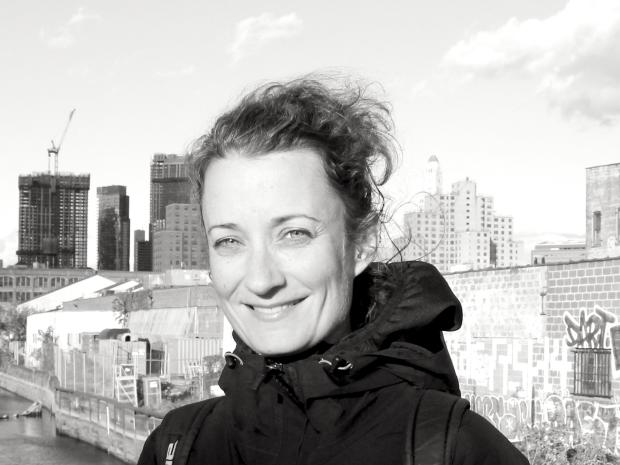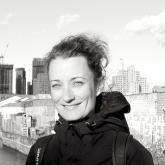Holobiont Urbanism: Microbial Metrics for the Multispecies City

Speaker
Elizabeth Hénaff
Assistant Professor, Integrated Design and Media
Affiliate Faculty, Center for Urban Science and Progress
NYU Tandon School of Engineering
Abstract
In the era of computational genomics, a great deal of progress has been made in determining the relationships between genetic information and the development of multicellular organisms: plants, animals, humans. But what’s become most clear from this research is that all these organisms owe meaningful aspects of their development and phenotype to interactions with the microorganisms—bacteria or fungi—with which they live in symbiosis.
Those microbes are an integral part of, and are affected by, our environment. As such, the individual microbiome—whether it lives on the skin, gut, mouth or elsewhere—manifests the continuum between organism and environment. It is a powerful tool for studying the impact of the environment on humans, and ultimately a vector with which to intervene through engineered landscapes.
At the Laboratory for Living Interfaces we study the interaction of organisms and their environment through scientific and design enquiries. Through experimental practice, using molecular and computational methods, we aim to understand how the design decisions of architects, city planners, and material scientists affect the ubiquitous living component of the spaces we inhabit: the environmental microbiome. In this talk, Assistant Professor Henaff will discuss the portfolio of projects they are developing in their research group, as well as reflect on the process of building a team for interdisciplinary research.
Bio
Dr. Elizabeth Hénaff is a computational biologist with an art practice whose research focuses on the ubiquitous and invisible microbial component of our environment. This inquiry has produced a body of work that ranges from scientific articles in peer-reviewed journals, to projects with landscape architects, to artworks shown nationally and internationally. Some recent artworks include commissions for the Storefront for Art and Architecture in NYC, the Detroit Science Gallery, and the Okayama Art Summit in Japan. Using New York City as a living laboratory, her research group at NYU Tandon School of Engineering investigates microbial metrics in urban environments, with a focus on anthropogenic change. Research directions include engineering of green wall infrastructure, remediation of Superfund sites, and the impact of street-level flooding on urban microbial diversity.


